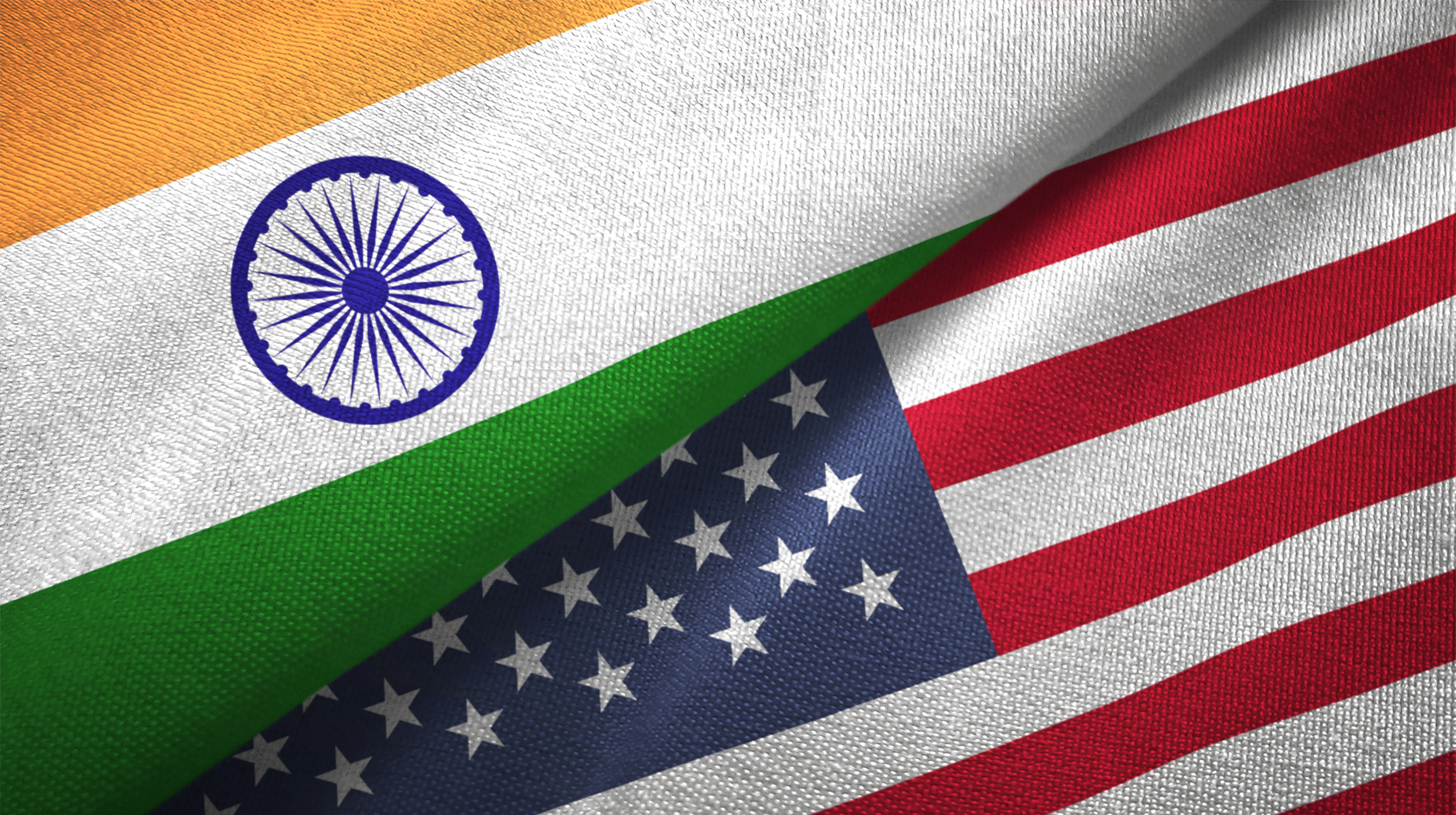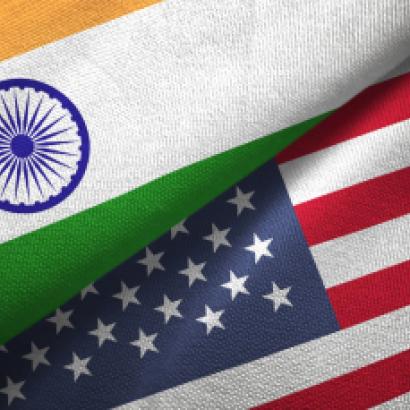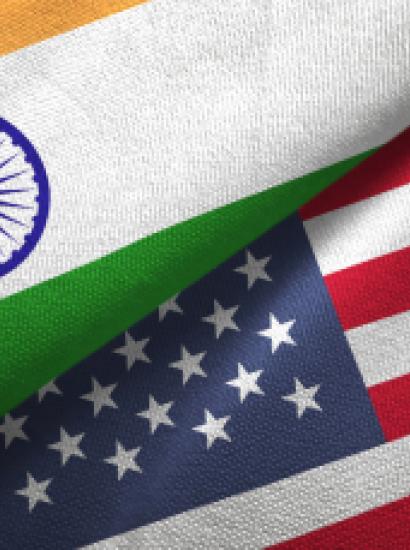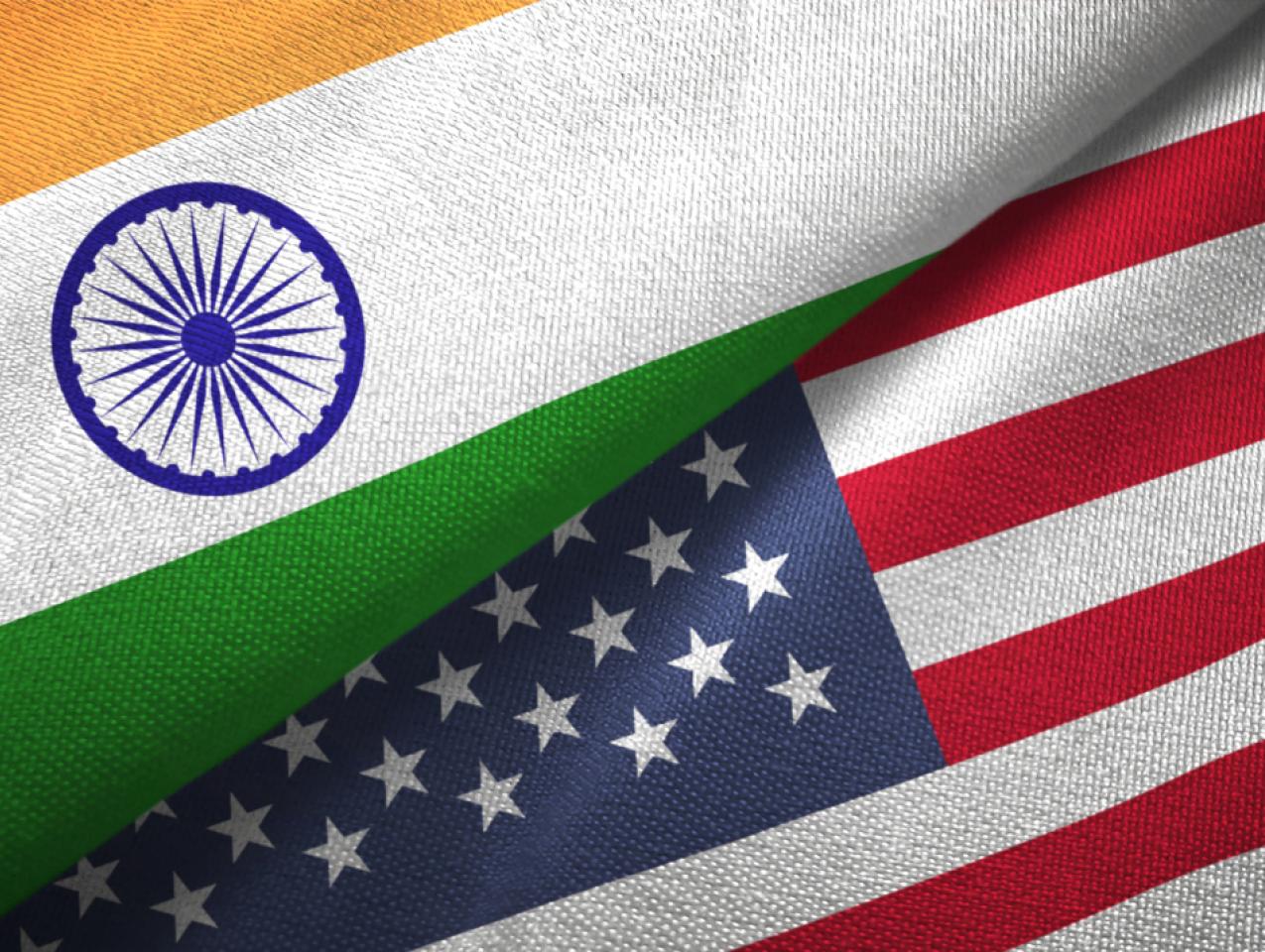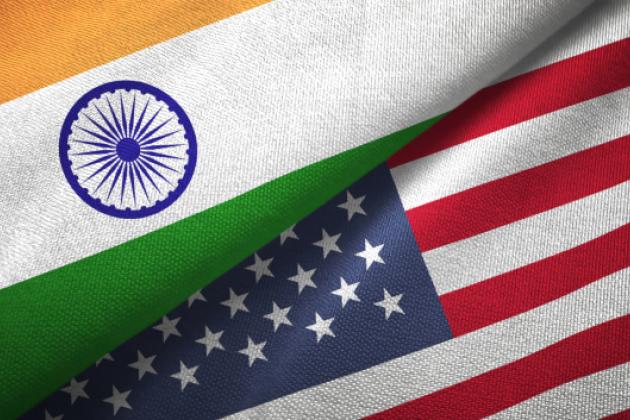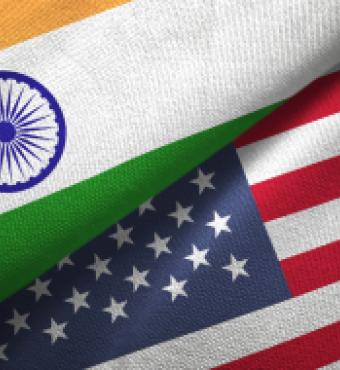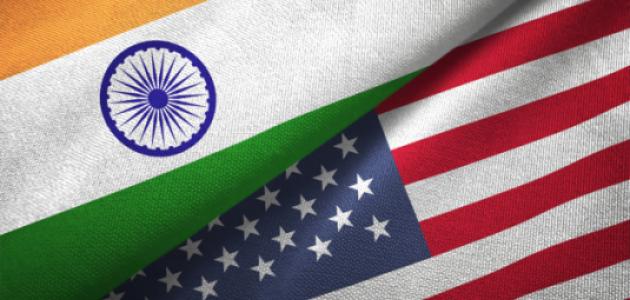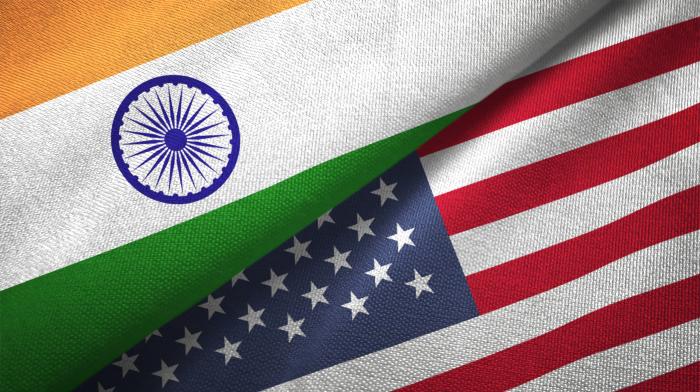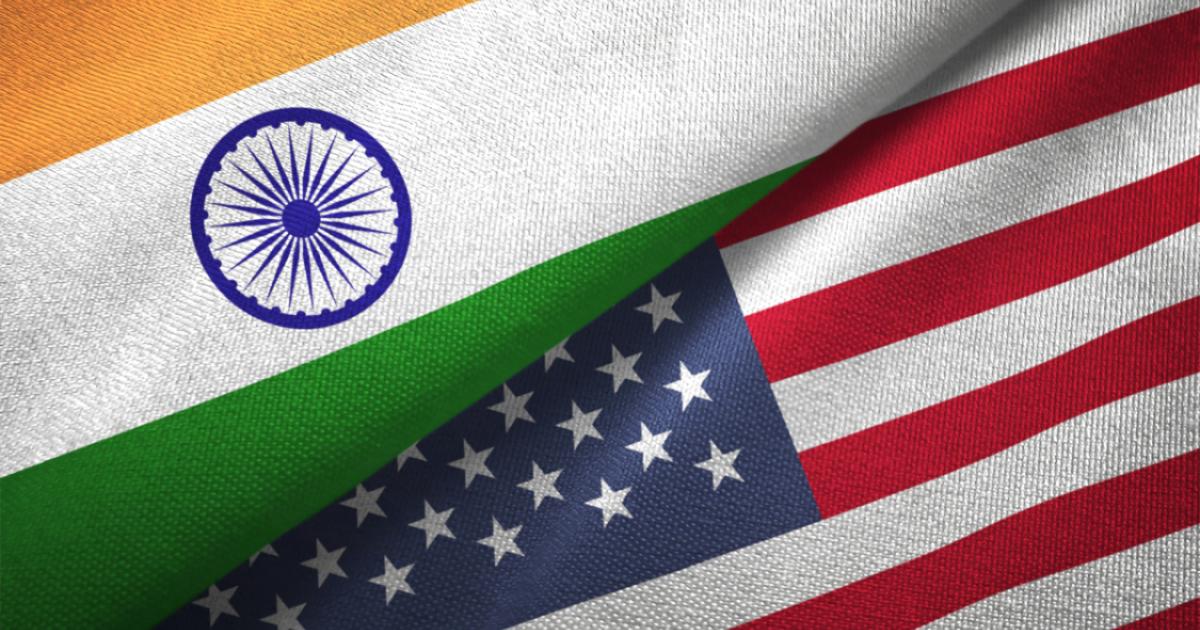The quadrilateral meeting that brought India together with the United States, Israel, and the United Arab Emirates in October 2021 has raised hopes that the US-India partnership in the Indo-Pacific could extend to the Middle East.1 As Washington diverts its attention and resources to the competition with China and Russia, American strategists hope that US partners could be counted on to carry a larger share of the regional security burden.2 India, in particular, has considerable economic and security interests in the Middle East; it sources over 58% of its crude petroleum imports from the region which is also home to about 9 million Indians, accounting for over 50% of India’s inward remittances. But while the US-India partnership in the Indo-Pacific is underpinned by a shared animosity towards China, their threat perceptions in the Middle East tend to diverge. As a result, although the quadrilateral framework provides the United States and India with a platform for extending their growing partnership to the Middle East in areas of importance, it is unlikely however to transform India into a reliable security partner for the United States in the region.
Identifying pathways for quadrilateral cooperation
The quadrilateral discussions identified ‘trade, combating climate change, energy cooperation, and increasing maritime security’, in addition to ‘people to people ties in science and technology, and how to support global public health in relation to the COVID-19 pandemic’, as areas of potential quadrilateral cooperation in the region, according to a US statement.3
Given the pace at which the US-India partnership in the Indo-Pacific has grown, maritime security in the western Indian Ocean appears as a promising area of quadrilateral cooperation. Over the past few years, India has signaled a greater willingness to work with Western powers in the western IOR. (Indian Ocean Region). India has deputed a naval liaison officer to the US Naval Forces Central Command (NAVCENT) headquarters in Bahrain and has signed on to a Joint Strategic Vision of India-France Cooperation in the Indian Ocean Region that foresees shared anti-piracy efforts in the Horn of Africa.4 Encouragingly, India has also deepened its naval partnerships with the Arab Gulf states, exchanging high-level visits among naval officers and conducting joint exercises with Oman, the UAE, and Saudi Arabia. Israel and the Arab Gulf nations, which already provide the US and Indian navies with logistical support, can therefore act as force multipliers by allowing greater access to berthing and logistics facilities.
Cooperation in science and technology is another promising area of quadrilateral cooperation. One pathway would involve cooperating on clean and renewable energy technology. In 2021, India and the United States launched the US-India Climate and Clean Energy Agenda 2030 Partnership ahead of the COP26 summit (United Nations Climate Conference Change) in Glasgow to help push along India’s decarbonisation strategy while meeting its development needs.5 An agreement signed for a UAE-funded project for solar panel cleaning technology with an Israeli company which manufactures in India has been cited widely as illustrating the potential for ‘Israeli innovation, […] UAE funding and Indian manufacturing’ working in tandem.6 India, along with France, has spearheaded the creation of the International Solar Alliance (ISA), a treaty-based international institution conceived in 2015 that aims to encourage the use of solar energy. Several Middle Eastern states, including Bahrain, Egypt, Israel, Oman, Saudi Arabia, and the UAE have signed on to it. The United States could play a role in encouraging cooperation in the clean and renewable energy domain as a technology partner or by pushing for multilateral funding to facilitate the transition to clean and renewable energy at the International Monetary Fund or World Bank.
Space technology provides another pathway for quadrilateral cooperation on science and technology. The United States and India, engaged in a space security dialogue since 2015, have been working on joint radar missions and have stated their desire to upgrade their space cooperation within the Quad framework.7 The UAE, arguably the most ambitious Arab Gulf state in the space domain, launched the Hope Mars mission in 2021 with help from NASA and US universities. The UAE has also expressed interest in India’s low-cost satellite launch vehicles.8 Given the growing interest, cooperation in civilian space technology seems to offer a promising avenue for quadrilateral cooperation on science and technology.
The Limits of a US-India Partnership in the Middle East
Because of their divergent perception of threats in the Middle East and western IOR, the quadrilateral framework is unlikely to transform India into a reliable security partner for the United States in the region, however. India disapproves of the United States’ posture against Iran which it considers to be an important partner on energy and in Afghanistan. Many among India’s older generation of leaders and diplomats, moreover, see US intervention in the Middle East as a key driver of instability.9 Crucially, India has assiduously sought to avoid being drawn into Middle Eastern rivalries or security dynamics. Aligning too closely with the United States in the region is likely to upset the delicate balance that India has maintained for decades.
Even in the maritime domain, the US-India relationship in the western IOR is not without its frictions. The United States’ recent freedom of navigation operations close to India’s Lakshadweep islands off India’s western shore have renewed New Delhi’s traditional suspicions of an expansive US naval presence in the western IOR.10 In this vein, India has refused to join US-led maritime constructs, notably Combined Task Force 151, due to its lack of UN cover and Pakistan’s participation.11 Conversely, the United States is not represented in the India-led Indian Ocean Naval Symposium (IONS) which it considers to be ineffective.12 Although India is concerned with China’s growing presence in the western IOR, it believes itself capable of interrupting China’s seaborne trade in the IOR.13
Similarly, India is unlikely to become a key geo-economic partner for the United States in the Middle East. Previous US efforts to create a Middle East Free Trade Area have largely failed, producing bilateral free trade agreements with only four minor economic players in the region, namely Jordan, Morocco, Bahrain, and Oman.14 GCC-India talks on a multilateral trade agreement have stalled since 2008, though India and the UAE are poised to conclude a bilateral Comprehensive Economic Partnership Agreement that is expected to expand duty-free access to Indian and Emirati exports.15 Moreover, differences between the United States and India, on issues relating to trade in agriculture and the ‘Singapore issues’ have brought the World Trade Organisation’s Doha Round to a standstill, meaning that they are unlikely to partner meaningfully on trade in the Middle East.16 In a bid to rival China’s Belt and Road Initiative, some have suggested that India and the United States could partner on developing connectivity infrastructure in the region.17 But India lacks the funding, the political will, and the implementation mechanisms to see such a project through. And even if the Arab Gulf states were to underwrite it financially, it is unclear why regional connectivity infrastructure would serve India’s or the United States’ interests over, say, China’s.
India plays a substantial economic role in the Indian Ocean region and, by extension, the Middle East. It has developed a network of partnerships in the region that is underpinned by cooperation in the fields of maritime security, science and technology, and energy. As a strategic partner for the United States, however, the benefits are less clear-cut. It remains for Washington to work around these complexities and incongruities to make the most of an ambivalent partner.







